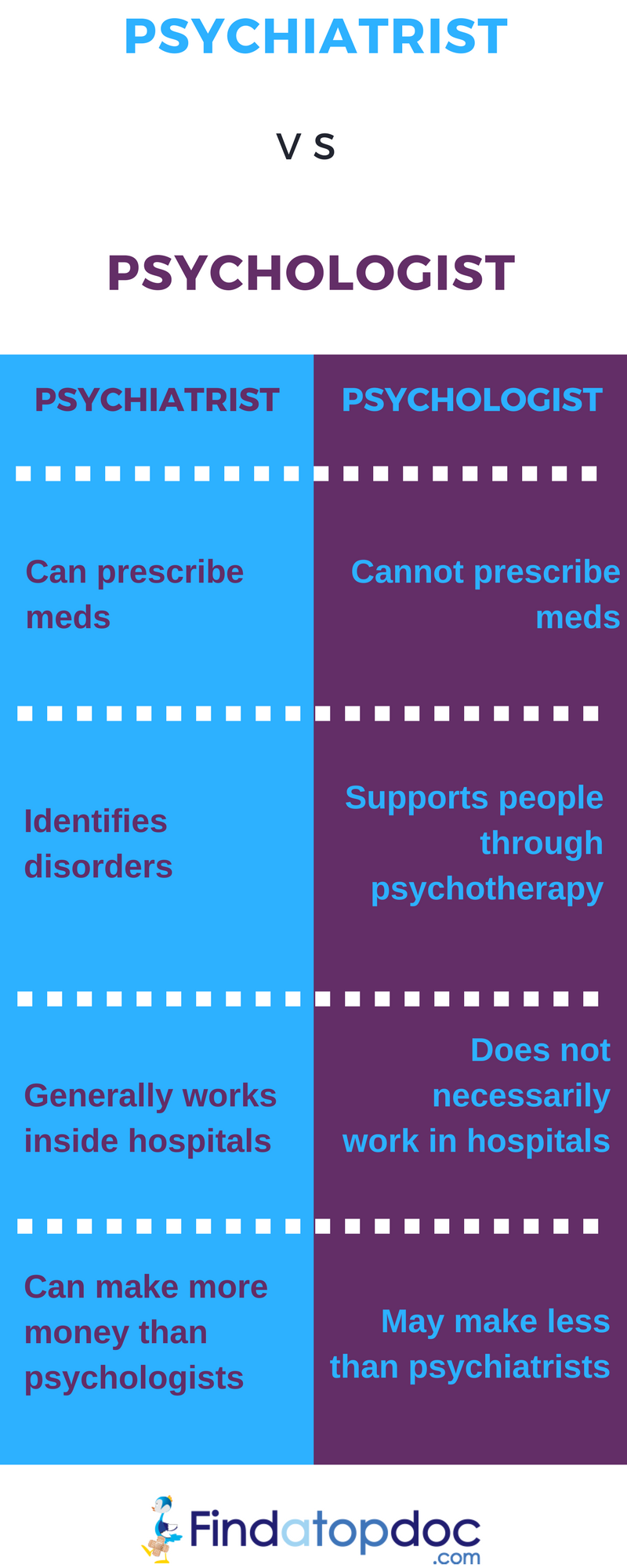Mood stabilizers help to relax locations of the mind that are impacted by bipolar disorder. These medications are most reliable when they are taken consistently.
It might take a while to locate the right medication that works finest for you and your medical professional will certainly check your problem throughout therapy. This will certainly involve regular blood tests and potentially an adjustment in your prescription.
Natural chemical regulation
Neurotransmitters are a group of chemicals that control each other in healthy and balanced people. When degrees come to be unbalanced, this can lead to mood conditions like anxiety, stress and anxiety and mania. State of mind stabilizers aid to stop these episodes by aiding manage the equilibrium of these chemicals in the brain. They also may be used alongside antidepressants to enhance their efficiency.
Medicines that work as mood stabilizers consist of lithium, anticonvulsants and antipsychotics. Lithium is maybe one of the most popular of these drugs and jobs by influencing the circulation of salt via nerve and muscle mass cells. It is usually utilized to treat bipolar affective disorder, yet it can likewise be valuable in dealing with other mood disorders. Anticonvulsants such as valproate, lamotrigine and carbamazepine are also effective mood stabilizing medications.
It can take some time to find the appropriate sort of drug and dose for every person. It is very important to deal with your doctor and engage in an open dialogue about how the drug is helping you. This can be particularly practical if you're experiencing any type of adverse effects.
Ion channel modulation
Ion channels are a major target of state of mind stabilizers and several various other medications. It is currently well established that they are dynamic entities that can be modulated by a variety of external stimulations. On top of that, the inflection of these networks can have a variety of temporal impacts. At one extreme, changes in gating dynamics might be quick and immediate, as in the nicotinic acetylcholine receptor/channel system. At the other end of the range, covalent alteration by healthy protein phosphorylation may result in changes in network feature that last longer.
The field of ion network inflection is going into a period of maturation. Current research studies have demonstrated that transcranial concentrated ultrasound (United States) can promote neurons by turning on mechanosensitive potassium and salt channels embedded within the cell membrane layer. This was shown by expressed networks from the two-pore domain name potassium household in Xenopus oocytes, and focused United States substantially modulated the current moving with these channels at a holding voltage of -70 mV (right panel, loved one impact). The results follow previous monitorings showing that antidepressants influencing Kv networks regulate glia-neuron communications to contrary depressive-like behaviors.
Neuroprotection
State of mind stabilizers, like lithium, valproic acid (VPA), and carbamazepine, are necessary in the treatment of bipolar disorder, which is defined by persistent episodes of mania and depression. These medicines have neuroprotective and anti-apoptotic residential properties that assist to prevent mobile damage, and they additionally improve mobile resilience and plasticity in useless synapses and neural wiring.
These protective activities of mood stabilizers may be moderated by their inhibition of GSK-3, inositol signaling, and HDAC task. Additionally, long-term lithium therapy safeguards versus glutamate excitotoxicity in cultured neurons-- a model for neurodegenerative problems.
Studies of the molecular and mobile impacts of state of mind stabilizers have actually shown that these drugs have a large range of intracellular targets, consisting of several kinases and receptors, as well as epigenetic alterations. Further study is required to identify if state of mind stabilizers have neurotrophic/neuroprotective actions that are cell kind or circuitry specific, and exactly how these effects might complement the rapid-acting healing reaction of these representatives. This will assist to develop brand-new, faster acting, a lot more effective therapies for psychiatric ailments.
Intracellular signaling
Cell signaling is the process through which cells communicate with their setting and other cells. It entails a sequence of action in which ligands interact with membrane-associated receptors and result in activation of intracellular paths that regulate crucial downstream cellular features.
Mood stabilizers act upon intracellular signaling through the activation of serine-threonine protein kinases, causing the phosphorylation of substrate healthy proteins. This activates signaling waterfalls, leading to modifications in genetics expression and cellular feature.
Many mood stabilizers (consisting of lithium, valproate and lamotrigine) target intracellular signaling pathways by inhibiting particular phosphatases or turning on particular kinases. These results cause a reduction in the task of these pathways, which results in a decrease in the synthesis of certain chemicals that can impact the mind and lead to signs of clinical depression or mania.
Some mood stabilizers likewise function by enhancing the activity of the repressive neurotransmitter gamma-aminobutryic acid (GABA). This improves the GABAergic transmission in the mind and lowers neural activity, psychiatric care near me consequently generating a calming impact.
